As tariffs continue to shape the global trade landscape, companies are increasingly issuing warnings about the potential effects on their financial performance and consumer behavior.
Financial markets have already felt the impact, with stocks losing much of their recent gains amid concerns over an economic slowdown or potential recession. Now, companies are providing more direct assessments of how tariffs could affect their operations and consumer demand.
PepsiCo, for example, reported that its first-quarter earnings fell short of analyst expectations. The company cited supply chain disruptions and rising costs, while also adjusting its earnings forecast due to the impact of tariffs and changing consumer spending habits. CEO Ramon Laguarta indicated that the company anticipates continued uncertainty, particularly around global trade developments, which could further increase supply chain costs.
Similarly, Procter & Gamble (P&G) reported a decline in sales despite exceeding earnings expectations. The company also lowered its full-year forecast, pointing to weaker consumer demand and the direct effects of tariffs on its operations. P&G CEO Jon Moeller noted that the company may implement pricing adjustments as a result of tariffs, which tend to be inflationary.
In response to rising prices, consumers are increasingly turning to credit options to manage household spending. A recent survey found that 41% of “buy now, pay later” (BNPL) borrowers have fallen behind on at least one payment, up from 34% last year. Additionally, a growing number of consumers are using BNPL loans for groceries, highlighting the rising cost of essential goods.
The housing market is also feeling the effects of tariffs. Homebuilder Pulte’s CEO estimated that tariffs could add up to $5,000 to the price of new homes. This is compounded by volatility in the stock market and concerns over inflation, making demand for housing unpredictable.
Approximately 75% of S&P 500 companies that have reported earnings this week have mentioned the impact of tariffs. While the U.S. government has suspended some country-specific tariffs until July, many tariffs remain in place, including a 10% duty on all imports and higher duties on certain goods, such as steel and automobiles. President Trump has signaled a shift in trade policy, but many countries have yet to respond positively.
Retailers are also concerned about potential shortages of goods. According to retail analyst Neil Saunders, the rising cost of importing goods from China could lead to empty shelves if prices increase to the point where consumers are unwilling to purchase the products.
Trade-related disruptions are also visible in shipping data. Container bookings from China to the U.S. have dropped by more than 60%, and trucking activity out of Los Angeles has declined by 23%. These shifts signal the challenges companies face as they navigate the complex effects of tariffs on global supply chains.
Despite these pressures, the labor market has not yet seen significant job losses. The U.S. Labor Department reported a modest increase in unemployment claims, but the overall unemployment rate remains steady. However, surveys suggest that companies are planning fewer hires, with some sectors, particularly those linked to logistics and imports from China, expecting workforce reductions.
As companies adjust to the ongoing trade uncertainty, experts warn that rising costs may lead to further cutbacks in staffing, particularly in industries directly impacted by tariff-related disruptions.
While the full impact of tariffs on consumers and businesses may take time to unfold, experts suggest that companies are proactively managing their supply chains to prepare for continued uncertainty.
Discover supply chain news insights on The Supply Chain Report. Enhance your international trade knowledge at ADAMftd.com with free tools.
#TariffImpact #TradeTariffs #BusinessChallenges #ConsumerPrices #SupplyChainEffects #GlobalTrade #EconomicImpact













